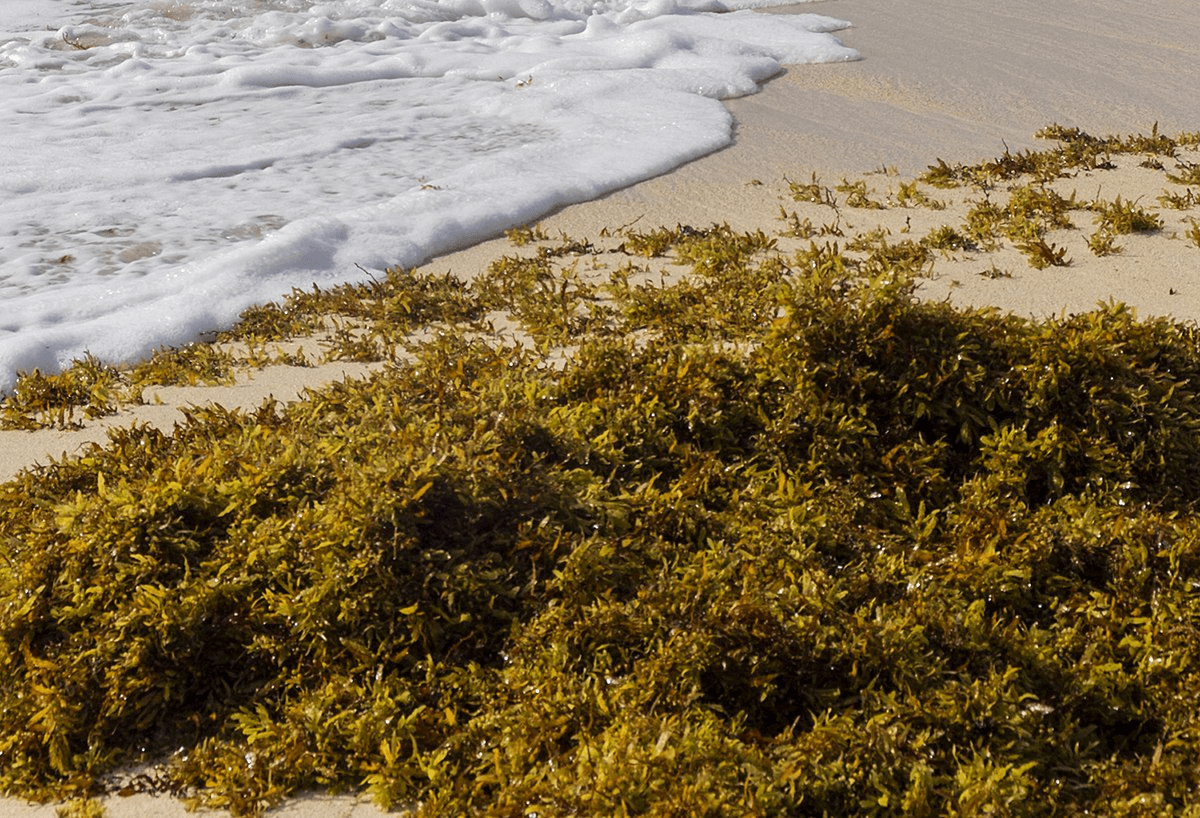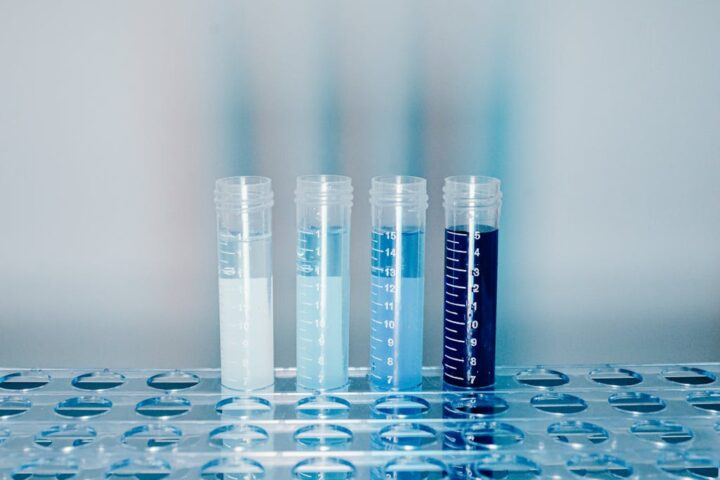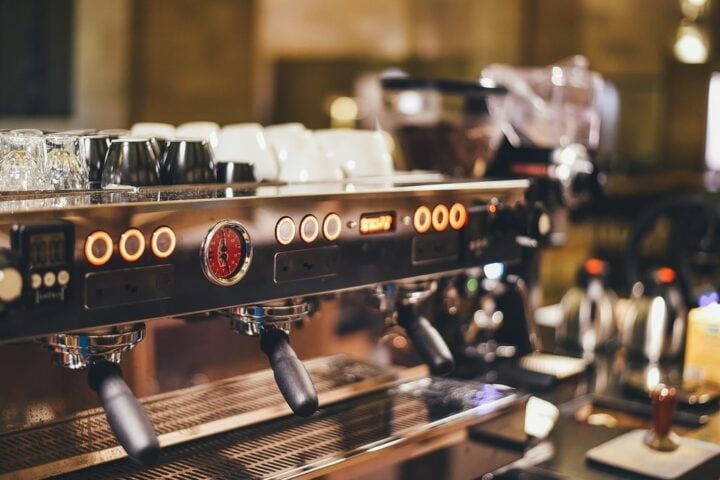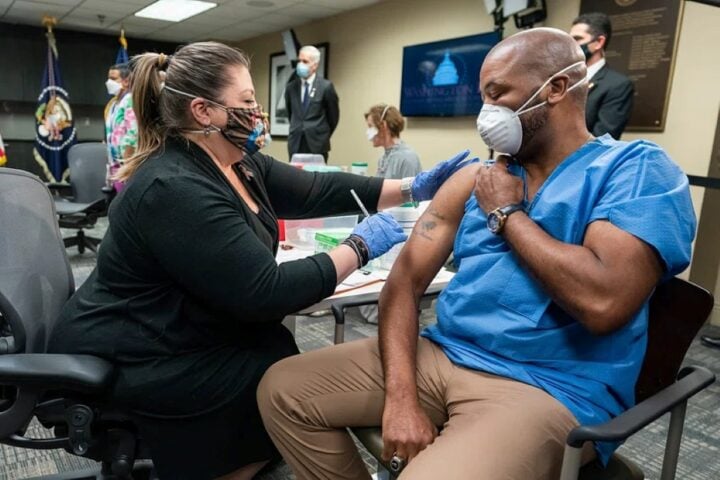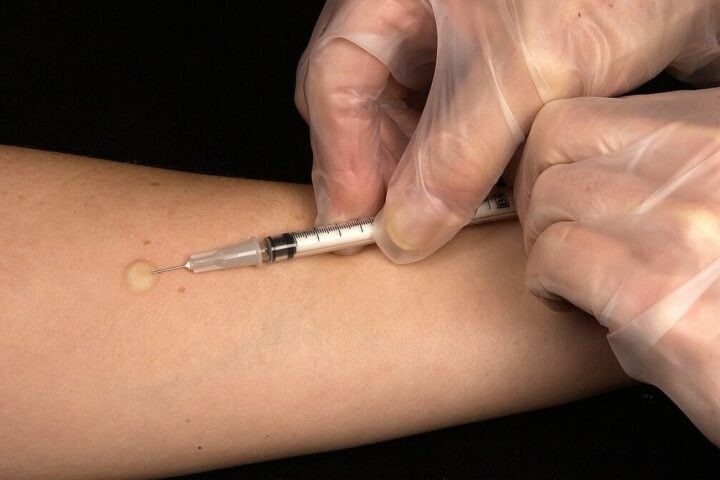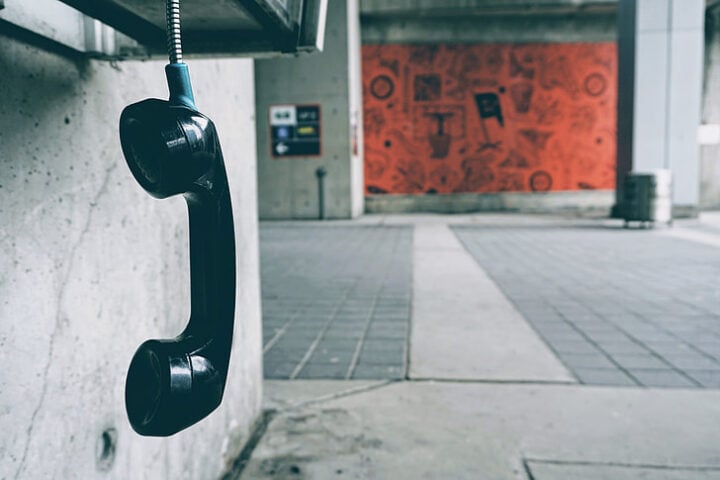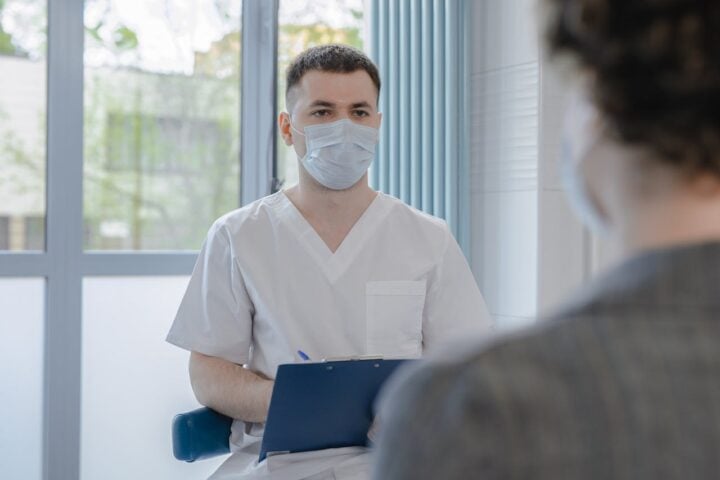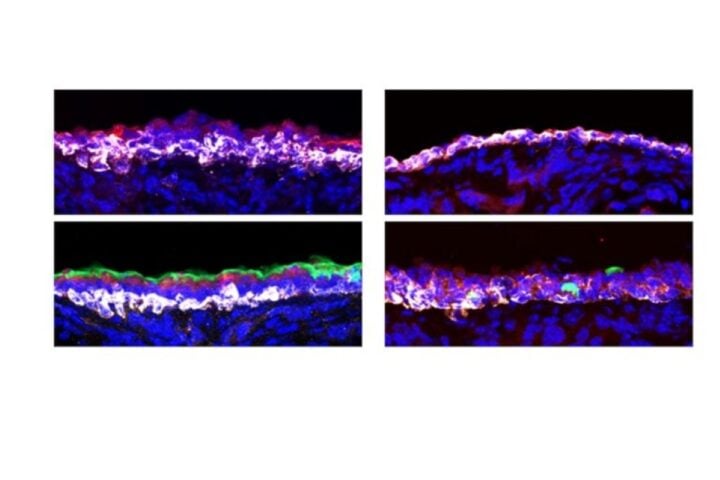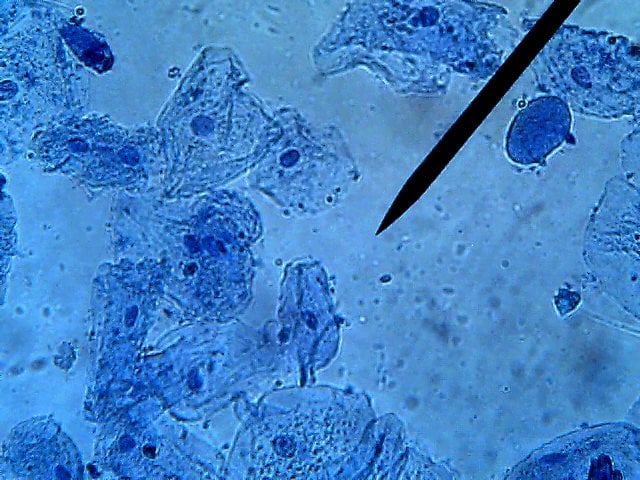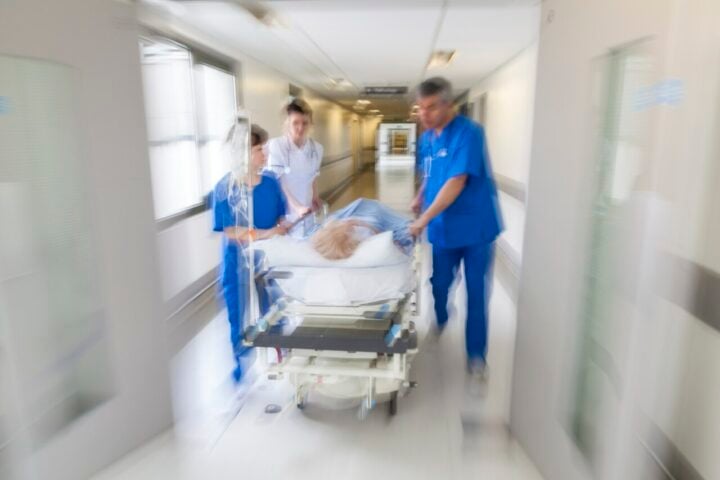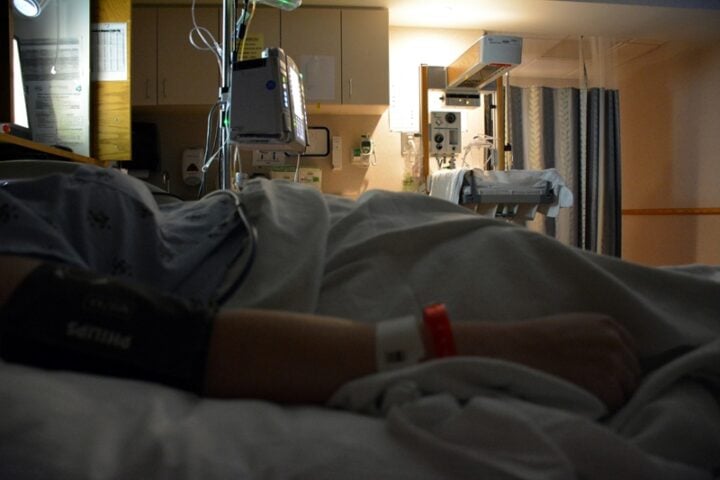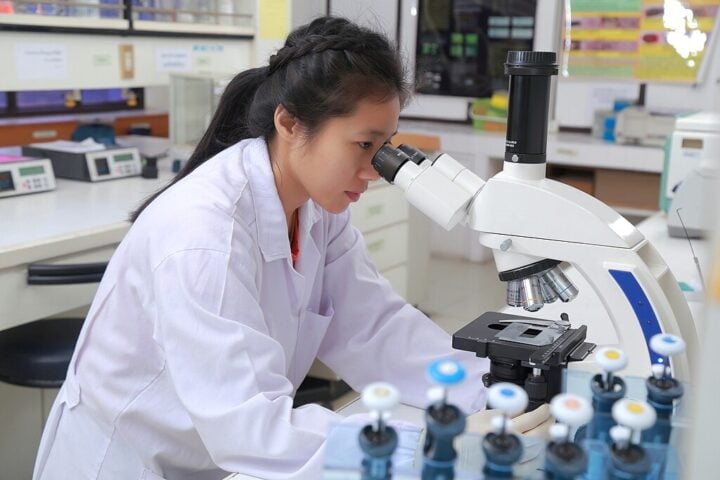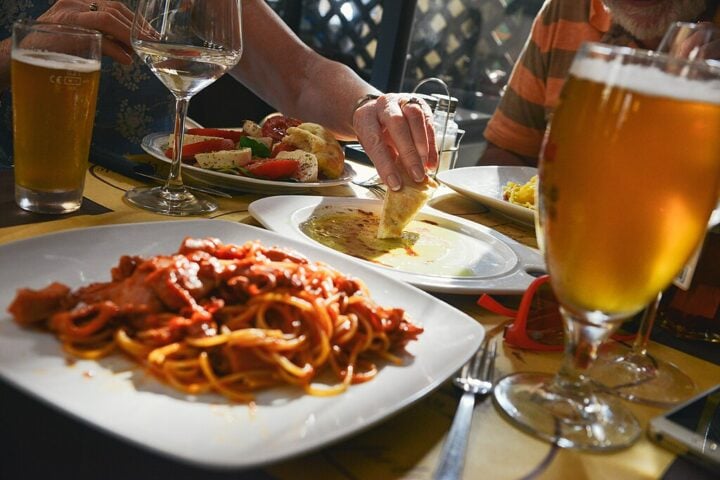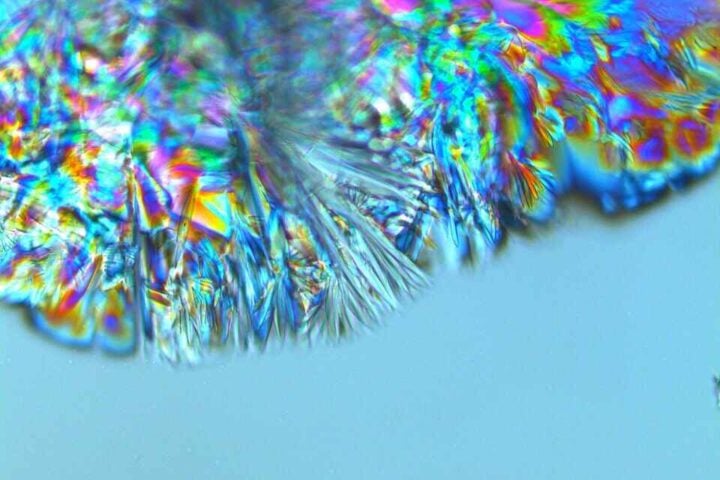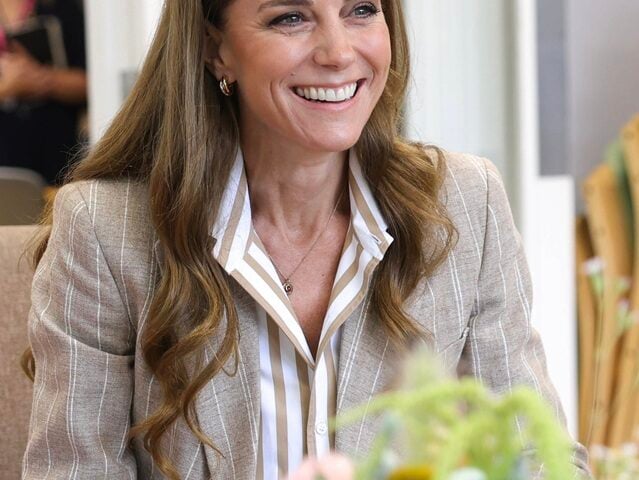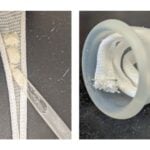The Great Atlantic sargassum belt, a massive 5,000-mile-wide seaweed bloom, is washing up on Florida’s beaches. Scientists warn of high levels of flesh-eating Vibrio bacteria in the decomposing algae.
Plastic marine debris interacting with the bacteria could create a “pathogen storm.” Florida officials advise the public to stay away from the Sargassum whenever possible. NASA predicts this year’s seaweed bloom to be the largest ever recorded.
The study reveals the dangerous interaction between plastic marine debris and Vibrio bacteria. The brown seaweed onslaught threatens Florida’s summer tourism season and emits a pungent aroma. Ocean pollution plays a role in the proliferation of bacteria in the seaweed. Vibrio bacteria can stick to plastic debris caught in the mass of seaweed. The “flesh-eating” potential of Vibrio is relatively uncommon but not non-existent. Diarrhea, stomach cramps, fever, and vomiting can be a result of bacterial ingestion.
Vibrio can cause fish to experience diarrhea, leading to negative environmental impacts. Public awareness of associated risks is crucial, especially regarding the harvest and processing of Sargassum biomass.
The findings may not be a huge issue, but caution should still be exercised regarding bacteria in the seaweed. Sargassum can destroy coastal ecosystems, harm wildlife, threaten infrastructure, and decrease air quality.
The seaweed belt provides a breeding ground for bacteria targeting both plant and animal life.
Harmful bacteria and plastic entanglement in Sargassum are alarming to beach-goers and environmentalists. Precautions such as gloves, sanitizers, and long-handled grabbers are taken during beach cleanups. Beached Sargassum emits a powerful rotten-egg smell and poses challenges to tourism industries. Florida’s Department of Health has advised to avoid any contact with Sargassum because of Vibrio vulnificus infections. The Department of Environmental Protection collaborates with agencies to monitor and clean up the seaweed. Crews using heavy machinery remove sargassum from Miami Beach to maintain cleanliness. The threat of infection and respiratory distress from rotting algae is a concern during cleanup.
Similar posts
So far, tourism in Miami-Dade remains unaffected by the seaweed presence. Removal of sargassum from the sea is not desired, as it serves as crucial habitat for marine life. Also, the sargassum belt contains high levels of plastic, which is ingested by marine animals. Scientists observe a decrease in the amount of sargassum in the Atlantic, offering hope for coastal residents. However, researchers have recorded significant increases in sargassum over the last decade. The 2010 long-distance transport from the Sargasso Sea to the tropical Atlantic was an unusual event. The tropical Atlantic provides favorable conditions for sargassum growth. The amount of plastic entangled in the seaweed is shocking and harmful to marine animals. The negative impacts of the seaweed bloom highlight the need for environmental conservation efforts. Continued research and public awareness are necessary to address the challenges posed by the Great Atlantic Sargassum belt.
